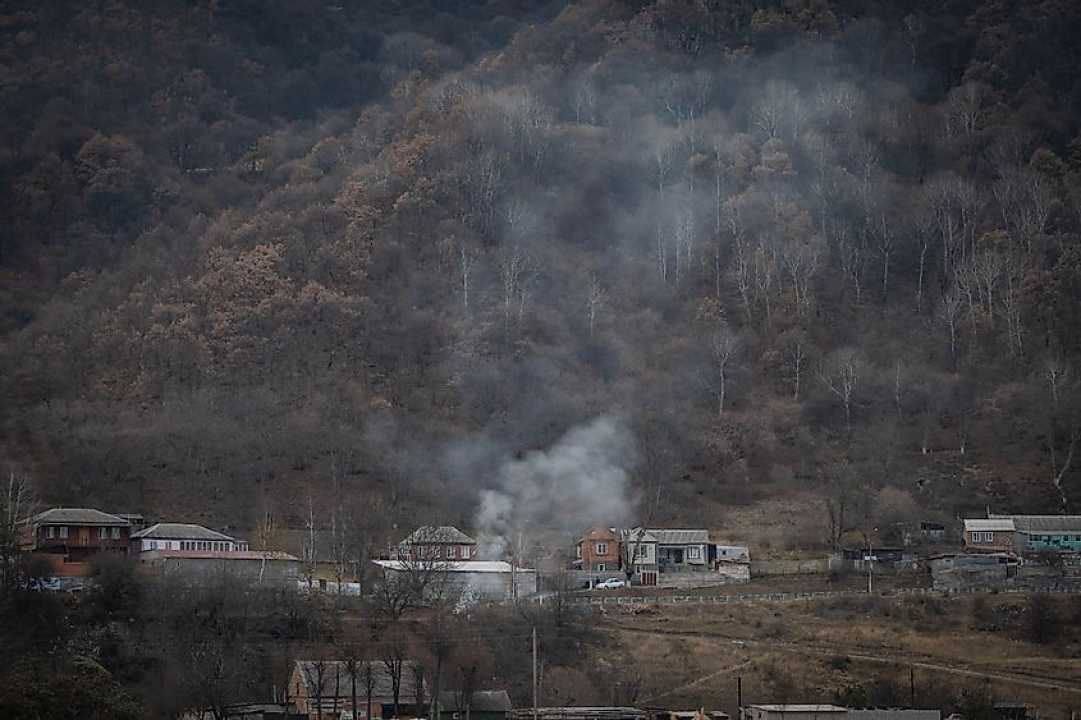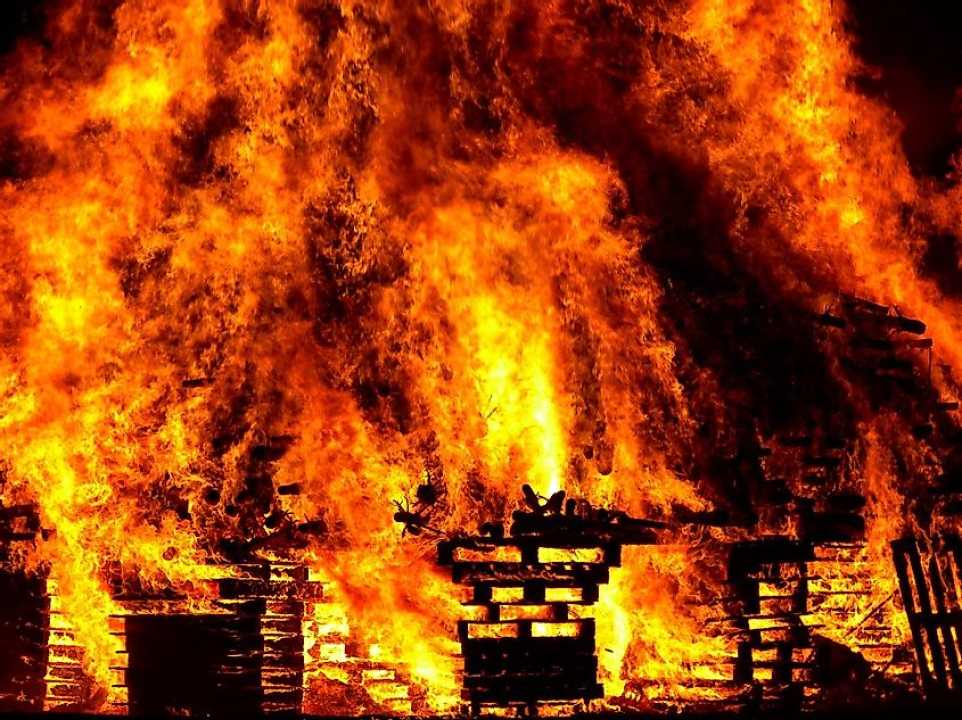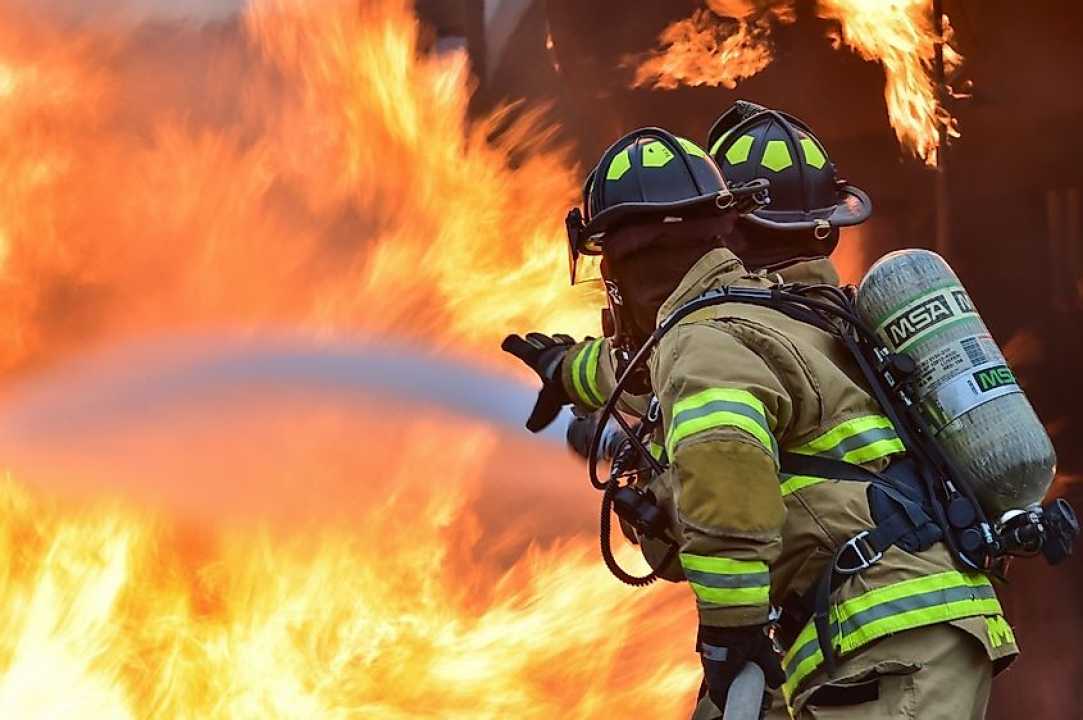Top 10 Most Disastrous Nuclear Incidents In History

As climate change becomes a more serious threat every day, the world is looking for clean and efficient energy sources. Electricity produced by nuclear power plants has always been a controversial topic.
While proponents of nuclear energy argue that nuclear energy is a sustainable source of energy that does not produce carbon emissions, those who oppose it simply point to the devastation caused by past nuclear accidents. cause. Worst of all, the long-term consequences of a nuclear disaster could be felt for thousands of years.
Scientists believe that exposure to radiation from a nuclear accident could lead to increased cases of cancer and genetic mutations in humans. It can also impact plant growth and animal life cycles, harming ecosystems.
The International Radiological and Nuclear Event Scale (INES) was established in 1990 to measure the safety of all nuclear and radiological events. INES classifies all nuclear events from level 0 to level 7, where level 0 is aberration and level 7 is serious accident.
Worst Nuclear Disasters Of All Time
- Chernobyl, Ukraine (Level 7)
- Fukushima Daiichi, Japan (Level 7)
- Kyshtym, Russia (Level 6)
- Windscale, UK (Level 5)
- Three Mile Island, Pennsylvania, USA (Level 5)
- First Chalk River, Canada (Level 5)
- Jaslovskè Bohunice, Czechoslovakia (Level 4)
- Experimental power plant SL-1, Idaho, USA (Level 4)
- Saint-Laurent, France (Level 4)
- Tokaimura, Japan (Level 4)
1. Chernobyl, Ukraine (level 7)

The worst nuclear disaster in history was the accident at the Chernobyl nuclear power plant, present-day Ukraine. Flaws in nuclear reactor design and workers' failure to follow safety procedures led to the reactor explosion in April 1986. Scientists estimate that radioactive fallout from the explosion This is 400 times larger than the Hiroshima-Nagasaki bombing. Countries as far away as Sweden have been affected by air pollution.
READ ALSO » Top 10 Country With Most Nuclear Weapons In The World
Two men died immediately and thirty others, diagnosed with acute radiation syndrome (ARS), died soon after. The government had to evacuate more than 335,000 people living in the neighboring town of Pripyat. A 29-mile exclusion zone was also established around the reactor. Experts estimate that thousands of children and adolescents have developed thyroid cancer due to exposure to radiation. The area around Chernobyl will be uninhabitable for about 20,000 years.
2. Fukushima, Daiichi, Japan (Level 7)
In March 2011, northeastern Japan experienced a devastating 9.1 magnitude earthquake that caused a tsunami with waves more than 132 feet high. Already in shock, the government did not realize that the tsunami had cut off power to three nuclear reactors at the Fukushima Daiichi nuclear power plant. This leads to a merger. As a direct result, two people died.
About 160,000 people had to evacuate the area, abandoning their homes and businesses because they did not want to risk being exposed to radiation. While the government worked to decontaminate the area and allow some people to return, as of July 2020, more than 41,000 people remained displaced.
Japan immediately shut down all of its remaining nuclear power plants but began restarting them in 2015 following strict safety measures.
3. Kyshtym, Russia (level 6)

The third most dangerous nuclear disaster occurred in a place called Kyshtym, then part of the Soviet Union. After World War II, the Soviet Union built “Mayak”, a nuclear power plant in Kyshtym to produce weapons.
In 1957, the reactor's cooling system malfunctioned, causing an explosion that released large amounts of radioactive material into the air. Because the entire program was top secret, authorities kept the accident a secret and were slow to order an evacuation. The Soviet Union denied the disaster until 1989 and even then continued to minimize the damage caused. As a result, no one knows the exact number of victims Kyshtym left behind.
4. Windscale, UK (Level 5)

In 1957, the United Kingdom also experienced the worst nuclear disaster in history. It built two nuclear reactors at Windscale (now part of Cumbria) in the late 1940s. In 1957, a reactor overheated, rupturing uranium tanks, Resulted in a fire that lasted sixteen hours, releasing toxic radioactive material into the air.
READ ALSO » Top 10 Most Weird And Strangest Death In History
Authorities were less public about the extent of the damage but banned the sale of milk within a 200-square-mile radius of the plant for several weeks. Experts believe that this action can avoid many serious health consequences.
5. Three Mile Island, Pennsylvania, USA (Level 5)

In 1979, a failed pressure valve at the nuclear reactor at Three Mile Island, Pennsylvania, caused panic among plant workers. They made some errors in judgment, leading to a partial meltdown of the reactor. They also did not discover the radiation leak until more than 24 hours later.
The governor asked women and young children living within a five-mile radius of the reactor to leave the area. Everyone panicked and more than 100,000 people fled the city. There were no serious health consequences associated with the accident, but it sparked widespread fear and strong public opposition to the nuclear program.
6. First Chalk River, Canada (Level 5)

Canada has only experienced one nuclear accident in its history, in 1952, at the first nuclear research reactor at Chalk River Laboratory. The reactor core was damaged by loss of coolant and partially melted.
Fortunately, there was no human damage because the incident was discovered promptly. However, cleanup is a long and complicated process, hundreds of people must be mobilized to carry out this task. Interestingly, future US President Jimmy Carter was then a nuclear engineer in the US Navy and also a member of the cleanup team.
7. Jaslovskè Bohunice, Czechoslovakia (level 4)

Czechoslovakia built its first nuclear power plant in Bohunice, with the intention of running on domestically produced uranium. Unfortunately, many accidents have occurred at this facility, the most serious of which occurred in 1977.
A worker made the mistake of improperly removing a cooling rod during a routine fuel change. This resulted in a large radiation leak but the Soviet authorities hushed up the incident so no casualties were reported. However, the government closed the factory after the incident.
8. Experimental power plant SL-1, Idaho, USA (Level 4)

In 1961, the SL-1 nuclear reactor in Idaho exploded, causing the only fatal reactor accident in American history. SL-1 is one of several reactors built in Idaho to learn about nuclear energy generation.
READ ALSO » Top 10 Most Useful Ancient Gadgets In History
Unfortunately, when three military personnel arrived to restart the reactor after 11 days of downtime for maintenance, the control rod malfunctioned and the result was an immediate explosion. All three men died, but no radioactive contaminants escaped the building so no one outside was exposed to radiation.
9. Saint-Laurent, France (level 4)

France has experienced two level 4 nuclear accidents at the same Saint-Laurent nuclear facility. The first time was in 1969, when uranium in the reactor melted, causing a partial meltdown. It took workers a year to clean and repair the reactor in an extremely toxic environment.
France continued its nuclear development program, but unfortunately another incident occurred in Saint-Laurent in 1980. The reactor's cooling system failed, causing two types of fuel in the reactor to melt. Authorities did not provide any information about the incident, only saying that no radiation escaped from the reactor or polluted the environment.
10. Tokaimura, Japan (level 4)

Japan also experienced a nuclear disaster in 1999. It happened in a small factory where three workers were mixing two types of fuel to make uranyl nitrate for a nuclear reactor. Unfortunately, they misjudged how much needed to be mixed and ended up using seven times the amount of uranium allowed.
This resulted in radiation poisoning that killed two of them. More than 70 other people, mostly factory workers and some civilians, were also exposed to high levels of radiation. The government has asked people living near the factory to evacuate their homes while ensuring the area is safe and free of pollution.
Conclusion
While nuclear power may be a sustainable source of energy, it cannot be denied that it comes with concerns. We can only hope that history does not repeat itself and that the world does not suffer another nuclear disaster.
